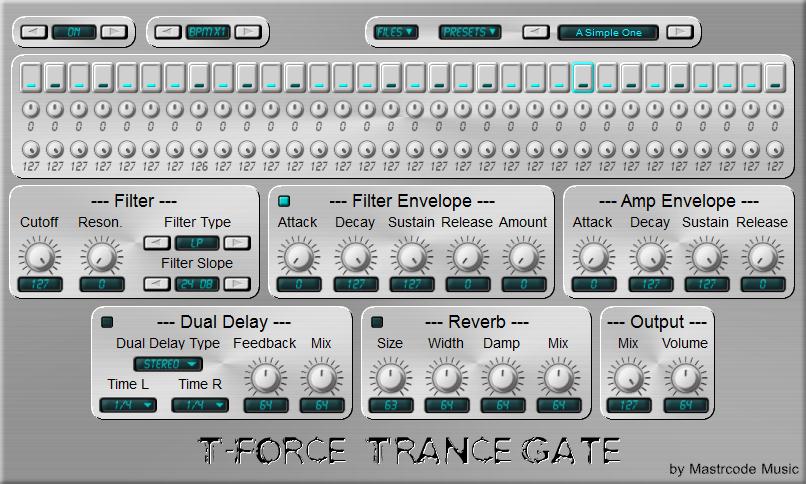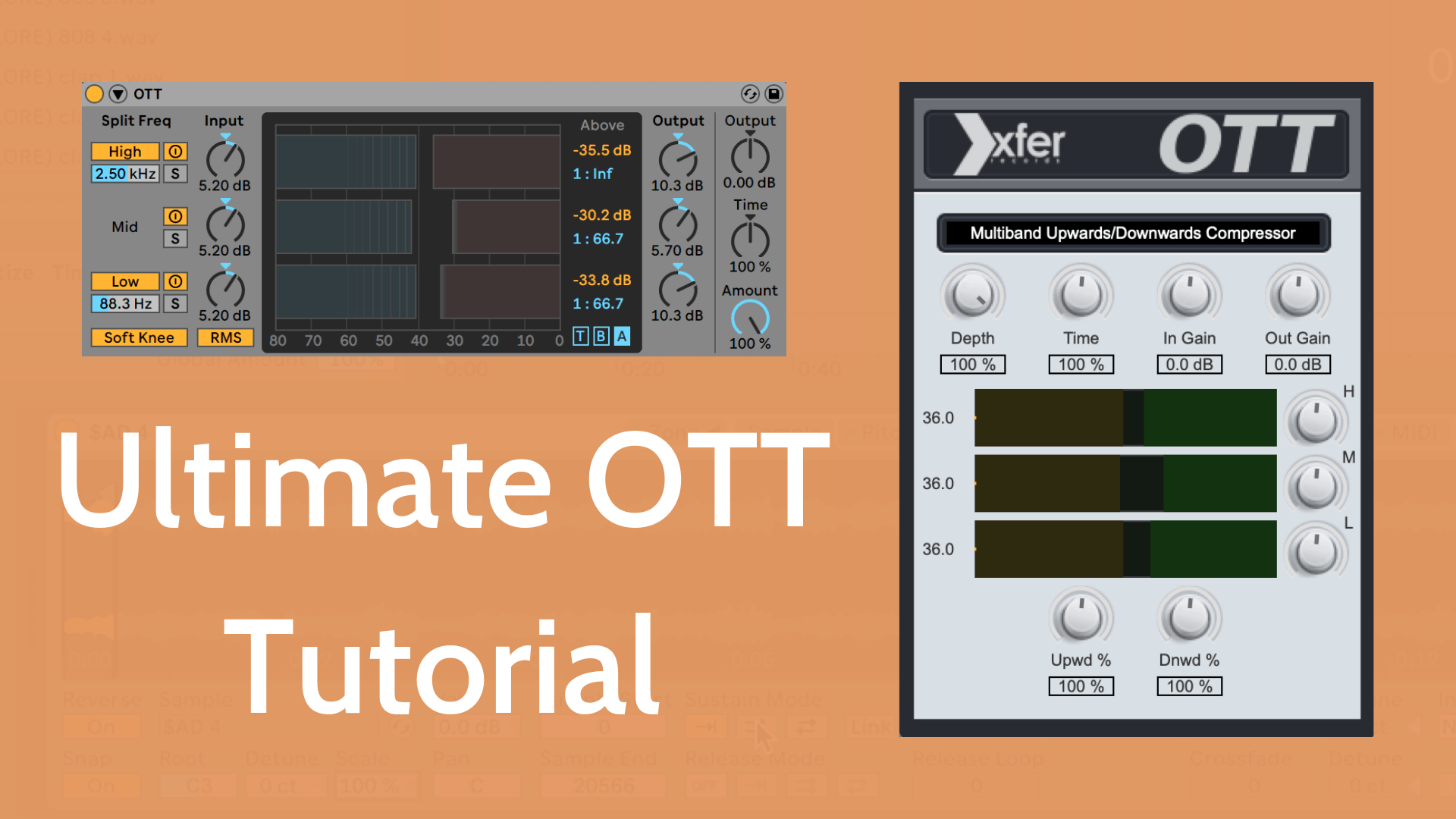Noise gate plugins are used to reduce the volume level when the threshold level is not reached. In this video, we look at a few free noise gate VST plugins y. Index of audio plugins from Ableton. Browse plugins, then preiew and pull projects created with them directly from Blend. On Windows, Native Instruments products are loaded in Ableton Live as VST plug-ins. On Mac computers, they can be loaded either as VST. NI Guitar Rig 6. For this guitar VST plugin, you can opt for a free version or a paid version, depending on what features you need. But we recommend getting the full Komplete 13 suite which includes Guitar Rig 6 and many other premium plugins.

- This topic has 4 replies, 1 voice, and was last updated 11 months, 2 weeks ago by .
Ableton Live lets you click parameters when you expand the VST window and select configure so you can have control over the VST, I’m pretty much make or break here with this feature as it’s useless without it- please tell me Ctrlr can somehow allow this…here’s the information page, it’s a ways down so just search ‘Live Plug-In Configure’ and you’ll see what I mean- all other VSTs support it, maybe there’s some way Ctrlr allows it that I’m missing (I hope!)
If this is workable I can control my Bass Station II with my Push and my other analog vintage synths 🙂 If not…well bummer 🙁
Hi there!
Yes indeed, CTRLR allows this with it’s panels. I’ve been enjoying tweaking and editing my MKS80 from the couch using my Push controller.
In order to ensure Modulators on your panel will make themselves available in Ableton’s Configure function for each Modulator ensure the following settings are made for your CTRLR Panel:
– “Export Paramater to VST host” is enabled/ticked (this should be enabled by default for modulators you add)
– VST Index for each modulator needs to be unique (this let’s you set the order in which Modulators are presented to the host)Note that each time you launch your CTRLR/Panel inside of Ableton you’ll need to use the Configure function in Ableton again in order to have the Panel’s Modulators be made available to Push. There is a great way to save yourself time from having to do this repeatedly.
0) In Ableton’s MIDI Preferences panel, ensure the MIDI ports you have your synth connected to are not enabled for “Track/Sync/Remote” (i.e. CTRLR communicates to your MIDI ports directly rather than via Ableton – you don’t want Ableton interfering with communications since it will strip out SysEx data which is the very reason why we love using CTRLR since it fixes that issue very neatly!).
1) Launch CTRLR within an Ableton MIDI track and load your Panel.
2) Configure the MIDI Input and Output port and channel settings appropriately within CTRLR for your synth. Set the MIDI Thru functions in CTRLR so that the following are ticked “plugin host -> Output Device” and “Change channel Plugin Host -> Output device”. These last two setttings are important since the CTRLR plugin will then “Thru” MIDI notes incoming from your controller keyboard (Push) and sequence data in the track directly to your MIDI synth.
3) Using Live’s Configure function engaged, click all the modulators in your CTRLR Panel that you want available for tweaking from your Push. Do them in an order whereby it makes functional sense and consider that Push lets you see banks of parameters in groups of 8 simultaneously (e.g. good idea to encourage ADSR envelope parameters to begin on a bank of 8, etc).
4) Now … add Live’s External Audio Effect built-in plugin after CTRLR and configure the audio input setting of that plugin so that it matches the audio input you have your synth connected to. This is how you can easily route the sound of your external hardware synth back into the track (and will make the track Freezable).
5) In the plugin strip view in Ableton, Shift + click the header of the CTRLR plugin and External Audio Effect plugins so they are both selected and then right click and select “Group” … This will make an Instrument rack.
6) Drag the header of the Instrument rack into your Ableton User Library and name it after the synth (e.g. Roland MKS80 for me) …
7) Close your project
8) Start a new project and load the preset you made at step 6 into an empty MIDI track … without messing about with MIDI channel settings for the track or routing audio from the synth, you’ll have a convenient means of recalling all of the settings you’ve made in previous steps above …
TIP: Using Ableton’s track Freeze function you can Freeze your hardware synth with the same ease as a VST instrument and then launch more instances of it.
; )Enjoy!
--> Music: www.soundcloud.com/jasefos
--> DAW: OSX10.10.5 with Live 9.6 x64, UA Apollo Quad
--> Controllers: Push 2, KeyLab61, Maschine mk2, MCU Pro, 2xMCU-Ext
--> Synths: Cyclone Bass Bot TT303, ESQ1, MKS80/MPG80, Matrix 6R, Matrix1000, Mopho, 05RW, DW8000, Virus TI Polar, Voyager Electric Blue, MiniBrute, AN1X, K5000s, FIZMO, ASR10 rack, Kenton ProSolo (controls Sequential Pro-One, Yamaha CS15), Prophecy, EMX1, MonoTribe, SP1200, DX100, KARP OdysseyYO! Thanks for writing up your experience with the MKS-80
I am still having trouble getting this to work with my MKS-50.
I am using the MKS-50 Advanced panel.0) In Ableton’s MIDI Preferences panel, ensure the MIDI ports you have your synth connected to are not enabled for “Track/Sync/Remote” (i.e. CTRLR communicates to your MIDI ports directly rather than via Ableton – you don’t want Ableton interfering with communications since it will strip out SysEx data which is the very reason why we love using CTRLR since it fixes that issue very neatly!).
So I did this step.
1) Launch CTRLR within an Ableton MIDI track and load your Panel.
2) Configure the MIDI Input and Output port and channel settings appropriately within CTRLR for your synth. Set the MIDI Thru functions in CTRLR so that the following are ticked “plugin host -> Output Device” and “Change channel Plugin Host -> Output device”. These last two setttings are important since the CTRLR plugin will then “Thru” MIDI notes incoming from your controller keyboard (Push) and sequence data in the track directly to your MIDI synth.
And this is where I start to run into problems. It seems when I try to “tick” or select the options in ‘MIDI THRU’ menu, there is no ‘tick mark’ to notify that the selection of said option is valid. no feedback.
I am able to get the MKS to change patches via ‘Previous / Next’ patch buttons in CTRLR panel. But nothing else works, i.e.; sliders switches, nada. My MKS is switched to ‘MIDI EXCL =ON’ and the MIDI monitor on my MOTU Ultralite is lighting up when I move sliders on the panel. But the synth is not responding. I must have missed something.
Ableton Live 9.1.2, MOTU Ultralite MK3, Roland MKS-50.
I also tried this with my Alpha Juno, and the same business, no tweaking, no joy.
Anyone help with this?
Hi I discovered this great panel for MK-50 so first of all thanks to the author for his job.
I’m learning to use it with my Alfa Juno 2 following the steps which Jasefos clearly explained and everything is working fine.The only thing I can’t understand is that when I move the sliders on the panel I can modify the sound of Juno while i can’t record this changes on envelopes in the Live track.If I try the same tweaks with the modulators in the ctrlr track’s chain i can record it on the ableton envelope.It’s like the panel can’t communicate with Ableton but directly with the Juno synth .In few words I wish to record in Ableton the panel sliders movements .
Any tip?
Thanks
Roland Alfa Juno 2 Saffire 24 DSP

Ableton Gate Plugin Software
- The forum ‘Using Ctrlr’ is closed to new topics and replies.

